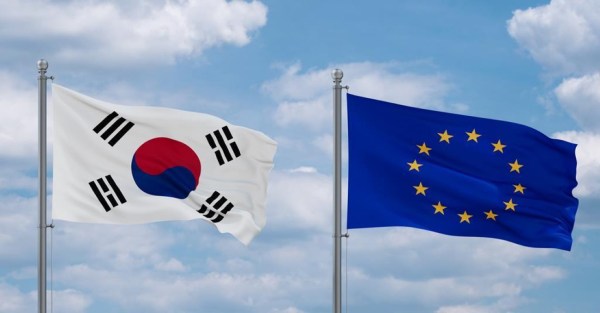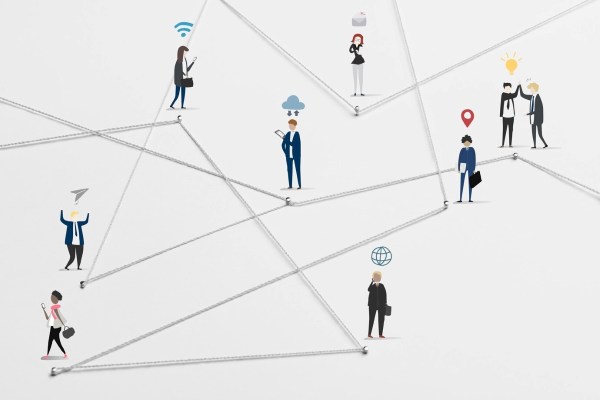 Javier Serina/ @javseri
Javier Serina/ @javseri
Public Policy Manager of Telefónica
During the last IGF in João Pessoa,Telefónica, ASIET and the Columbia Institute for Tele-information co-organized an interesting workshop entitled “Digital Economy in Latin America and its Sustainable Development”. Moderated by Juan Jung (ASIET), the workshop roundtable counted on the experience and opinions of Raul Katz (Director, Business Strategy Research at Columbia Institute for Tele-Information), Alejandro Patiño (Researcher at the Innovation and New Technologies Unit of CEPAL), Elani Galpaya (CEO LIRNEasia), Miriam Wimmer (Diretora do Departamento de Serviços e de Universalização de Telecomunicações do Ministério das Comunicações, Government of Brazil), Michael Kende (Chief Economist, ISOC) and Philipe Moura (Regulatory Policy Manager for Latam, GSM Association).
Latin America has been one of the few regions where the last financial crisis has not impacted with the same strength as it has done, for example, in Europe. However, experts predict that the economic boom of the last years, mostly based on the favorable environment for the raw materials markets, will slow down. Digital Economy offers opportunities for growth in new areas, acting as a substitute of traditional economic activities.
The potential of the Digital Economy as an engine for sustainable development has been analyzed and demonstrated in a large number of studies. However this potential is not always unleashed in its full dimension due to a series of factors. The aim of this workshop was to individuate and analyze, from multiple perspectives, what kind of barriers are stopping or slowing down the delivery of the positive outcomes of the Digital Economy in Latin America.
Latin America has two big challenges ahead: one is increasing connectivity, the other allowing a fast development of the Digital Economy.
There have been major advances in connectivity. Access prices are affordable(around 3% of average income in the region, well below the 5% indicated by the ITU/UNESCO Broadband Commission as an access barrier) even if there might be problems in the lowest side of the pyramid, but still some 400 billion dollars of investment are required to close the digital divide by 2020.
Regarding the development of the Digital Economy, the main barriers are the lack of local content and the transfer of wealth towards the developed countries due to the imbalances in Internet traffic.
The panel members were asked to describe, from their perspective, what are the characteristics of the Digital Economy in Latin America, its main strengths and weaknesses and what kind of policies should be developed to create an enabling environment for its full development.
Regarding Digital Economy, the consensus was to define it as a value chain where a combination of players (developers and content aggregators, infrastructure players and equipment manufacturers) contribute with a certain set of inputs: direct inputs in form of taxes paid, investments made or employment created at regional level (mostly by infrastructure and manufacturers) and indirect input in form of creation of content and platforms that attract new Internet users.
There are imbalances and asymmetries among the different players. All speakers agreed on the need to create a level playing field for all actors while preserving an environment where innovation and fair competition can flourish. A case by case approach is perceived as the best policy to follow, keeping always in mind that the final objective should be having less regulation for all rather than subjecting OTTs to the classical telecoms regulatory regime.
On the imbalances in Internet traffic, it was underlined the need to set up local IXPs. This not only increases quality for users and balances traffic, but also creates a spin over effect of innovative creation in nearby communities. New submarine cables between Brazil, Europe and Africa and a new Latin-American fiber ring will help in rebalancing international Internet traffic.
Other barriers to the Digital Economy where individuated by the speakers, namely lack of digital literacy and skills, creation of relevant local content, creation of a Latin-American digital single market, an extremely high level of taxation to the telecom industry, a rigid regulatory model that doesn’t allow for mobility along the whole digital value chain, puts barriers to new business models and center its action on certain technologies rather than on functionality and some rules from the financial sector that don’t permit App developers to receive payments from App stores based abroad.
Governments in the region are trying to coordinate policies. Special mention was made to the need to lower barriers to data traffic among countries while preserving privacy, security and protection. Civil society can help by drawing attention to unserved groups of users and by offering spaces and connectivity to developers. All industries must try to digitalize, it is not only an issue for the ICT sector.
It was also underlined that mobile infrastructure in the region is the only one infrastructure that can be compared with the equivalent in the developed world. The issues of the lack of openness in the mobile Internet world based on applicationsrunning on proprietary App stores and operating system was raised. A possible solution was envisaged in the use of HTML5 language.
Finally, it was suggested that while it is not possible to create a regional aggregation industry due to the network economy of scale effects, there are opportunities for other sectors such as social messaging, video streaming, digitization of production processes and e-commerce, where there are clear examples of very competitive regional platforms already in function.











